Great Innovators Pick the Right Moment
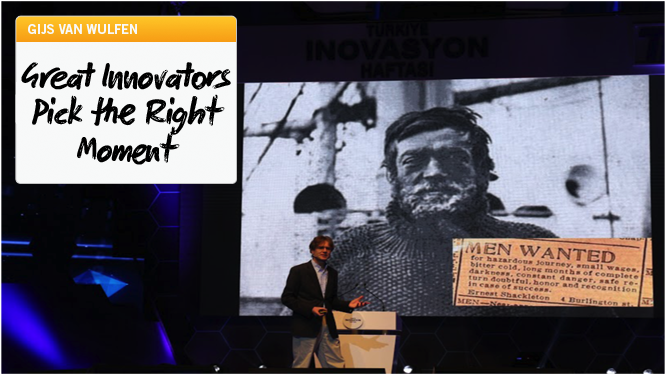
This Article was first published on: Innovation Excellence
I was really frustrated as an innovator in the food industry, because there was no support for breakthrough initiatives at all. It made me angry and sad at the same time. And when reflecting on those situations, I learned a crucial lesson: pick the right moment to innovate!
My first innovation job was in dried soups for Honig, the leading Dutch brand and market leader in the Netherlands. We sold around 50 million consumer packets in the Netherlands per year. Honig had a market share of more than 60 percent. There was just one problem; the dried soups market had stopped growing.
As “the new kid on the block,” I was invited to provide fresh input into their marketing and innovation strategy. Together with the senior managers we did field research on how consumers used our soups, researched consumer trends, investigated what our competitors, Unilever and Knorr, were working on and looked into new technologies. We concluded our current market would not be able to generate growth. Therefore we knew we had to innovate and do something unique. This was in late 1980, the era when microwave ovens were becoming commonplace in European households. A lot of other food producers were already innovating in fresh, frozen or chilled microwavable meals that took seconds to cook. We believed we had to be part of this new market.
In addition to being involved in innovation strategy, senior management also had me take on a hands-on innovation assignment of my own. My challenge was to increase the long-term sales of, Honig Vermicelli Bouillon Soup, the soup mix in our assortment with the lowest sales, some 750,000 packets sold annually. It was an old-fashioned clear soup with lots of vermicelli noodles. Studying the world of soup broths, one thing struck me. Broth cubes were a success as were clear broth beverages. However, our broth soup with vermicelli noodles was not. Why not just leave out the noodles? And that’s exactly what we did. We re-launched the soup as the first clear broth soup without noodles. And what happened? Sales doubled within 1 year to 1.5 million packets and margins rose by 50 percent as we saved on the costs of producing and packaging the vermicelli.
In the meantime, we discussed our innovative chilled soups strategy with our colleagues at R&D, logistics, and production on a mid-management level. None of them liked our intention to introduce ready-made chilled soups. In their opinion we didn’t have the recipe expertise and lacked the R&D capabilities. We also did not have a clue about refrigeration logistics needed to get the product into the supermarkets. We considered our colleagues foolish for once again resisting change. We then decided to take our plans to the top and got ourselves a two-hour time slot in the board room of Honig.
We presented the board with all the consumer food trends and growth figures of ready-made microwave products worldwide. We even provided taste tests of competitive fresh chilled microwave products. The board was truly enthusiastic, up until we discussed the business case. This strategy was only going to be profitable after five years in the most optimistic scenario. Both costs and risks were huge as we had to build a new processing and packaging factory for chilled soups. I will never forget the words the CEO said to me at the end of the strategic innovation discussion: “Gijs, without any risk you doubled profits of our 45th selling flavor of dried soup. Innovate the 44th soup flavor, and you’ll realize more profits in the coming five to 10 years than with an entire line of chilled soups.” And that’s just what Honig did. It continued to be a very successful market leader in dried soups. Fifteen years later H.J. Heinz bought the brand.
To make my point, I like to quote the CEO of BMW AG, the German luxury car producer, Dr.-Ing. Norbert Reithofer. When asked why BMW started the risky E-car project with the BMWi-3 and i-8 he responded very honest: “Because doing nothing was even a bigger risk.” [Autoweek 41-2013]
Most organizations, like Honig, are like a tanker. It’s successfully moving steady on the same course for quite a long time, trying to master operational excellence in its core business. It has made procedures for everything and organized itself to keep focus and control. A big company is a world in itself. You as innovator are aware of the changes in the world around you. You feel the urgency to change and you see lots of opportunities for new products, services, and business models. You just want to move at high speed. And when you suggested to your bosses to start a breakthrough initiative, you probably got a no. And when you came back with the same initiative three months later, they thought you were very stubborn.
Now as innovator you can fight this risk-adverse culture, as a kind of modern Don Quixote fighting windmills. like I did for several years in the food industry. Or you can accept it. Only when you accepted it, you can deal with it in a big company. A tanker isn’t a speedboat. So my single best advice for Innovators is:
The right moment to get support for a breakthrough innovation project in your company is when doing nothing is a bigger risk. Pick the right moment.
It’s the moment when the people steering the tanker know that they have to change course soon or they won’t reach their targets. As an effective innovator in a large organization, you have to act with the patience of a hunter. You cannot wait too long though. You know completion of the innovation process in a big company takes at least 18-36 months from idea to market introduction.
As innovator, you can speed up the felt need for innovation by confronting key leaders in your organization personally with concrete reasons for change that will move them out of their comfort zone.
So:
- Take them to visit startups challenging your position.
- Invite a trend watcher to confront them how quick the world is changing.
- Visit ex-customers who just changed to a very innovative competitor.
- Take them to tech universities to see experiments with new technologies.
- Spam them with articles of new successful business models
- Visit young customers and ask what they think of your brand and products.
Remember you can only start an innovation project once for the first time. Be patient and stand firm, they will get it.

























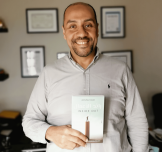
























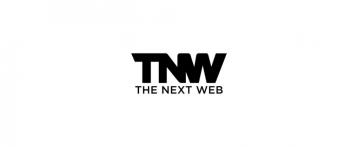


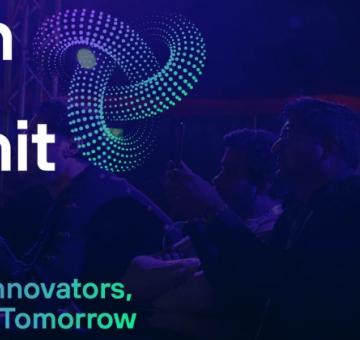


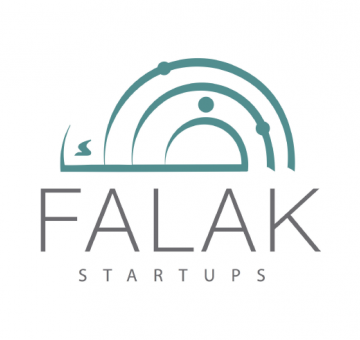












EgyptInnovate site is not responsible for the content of the comments